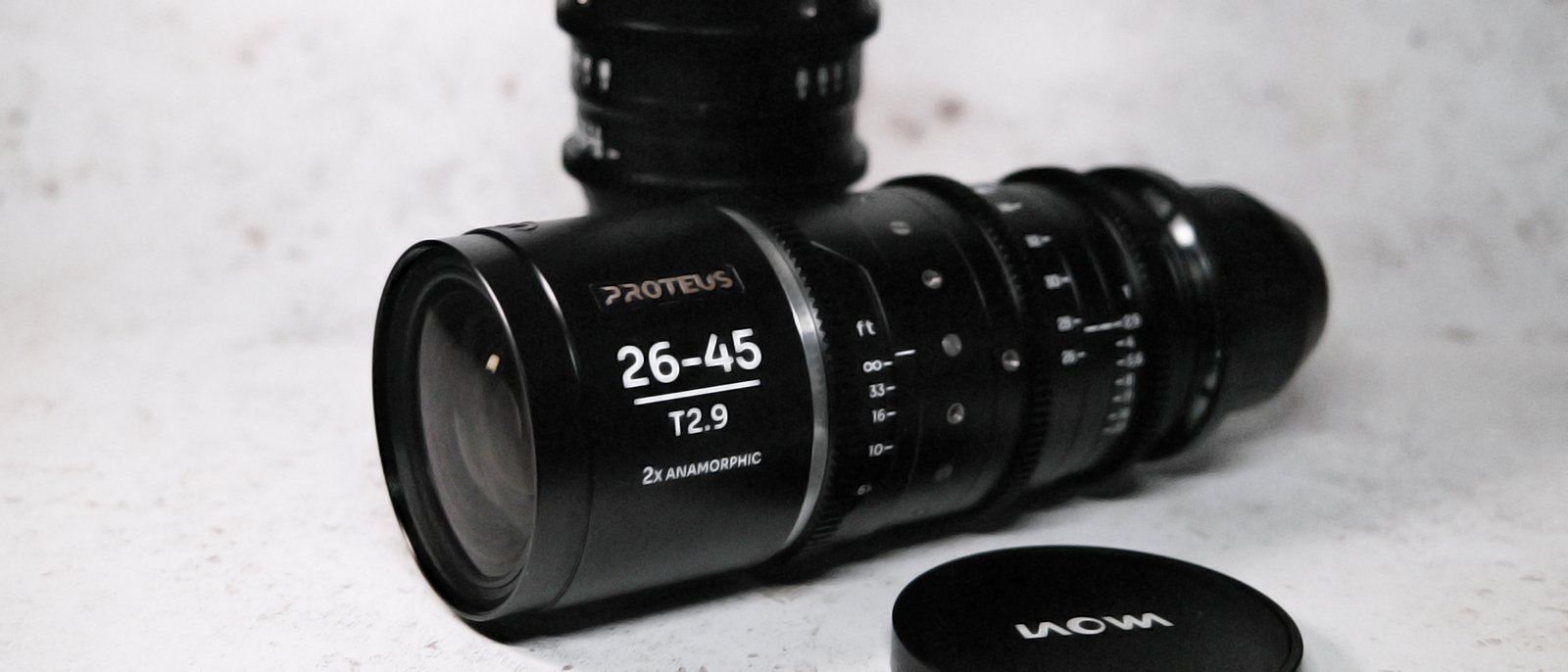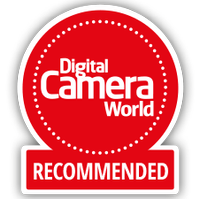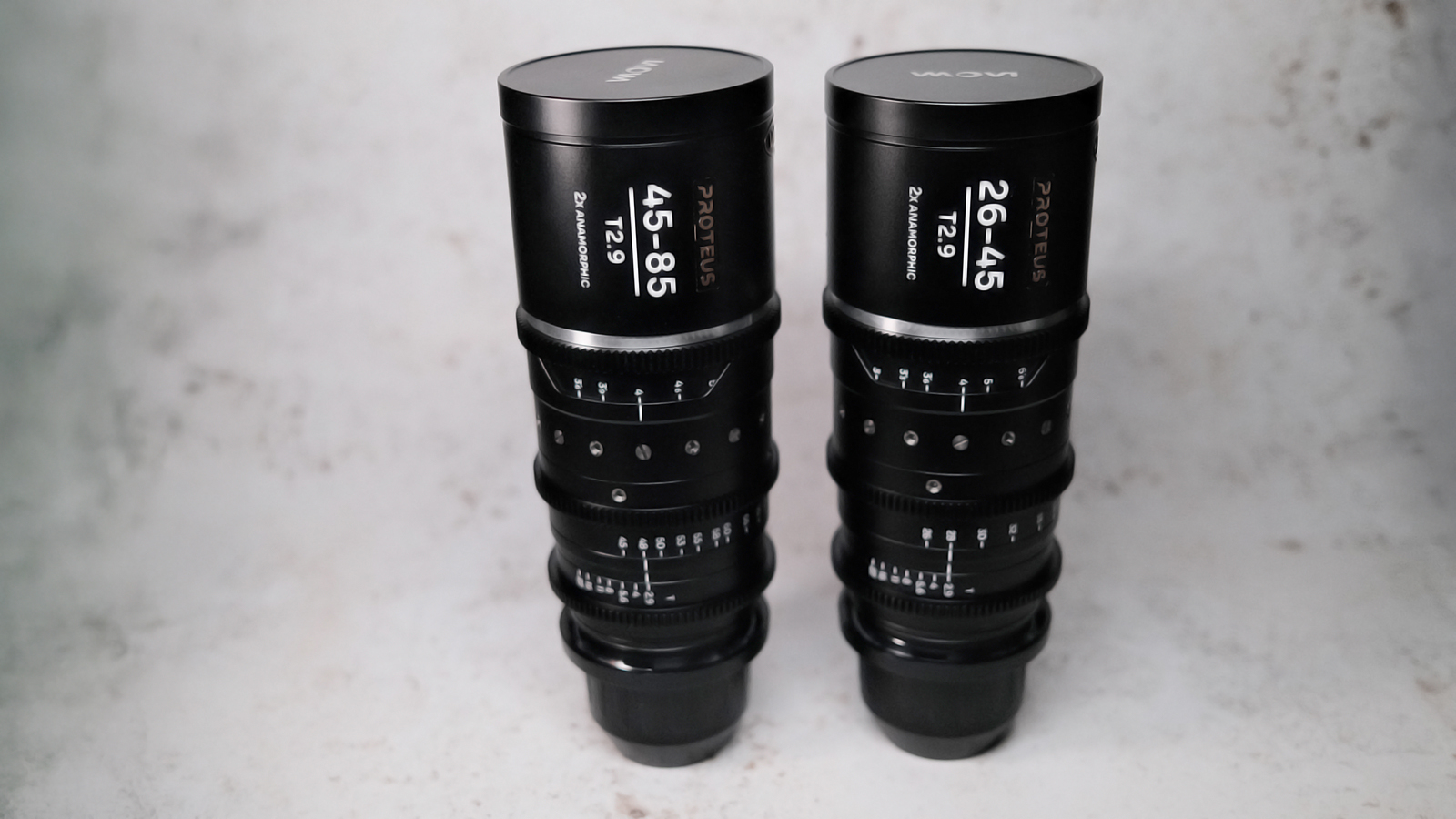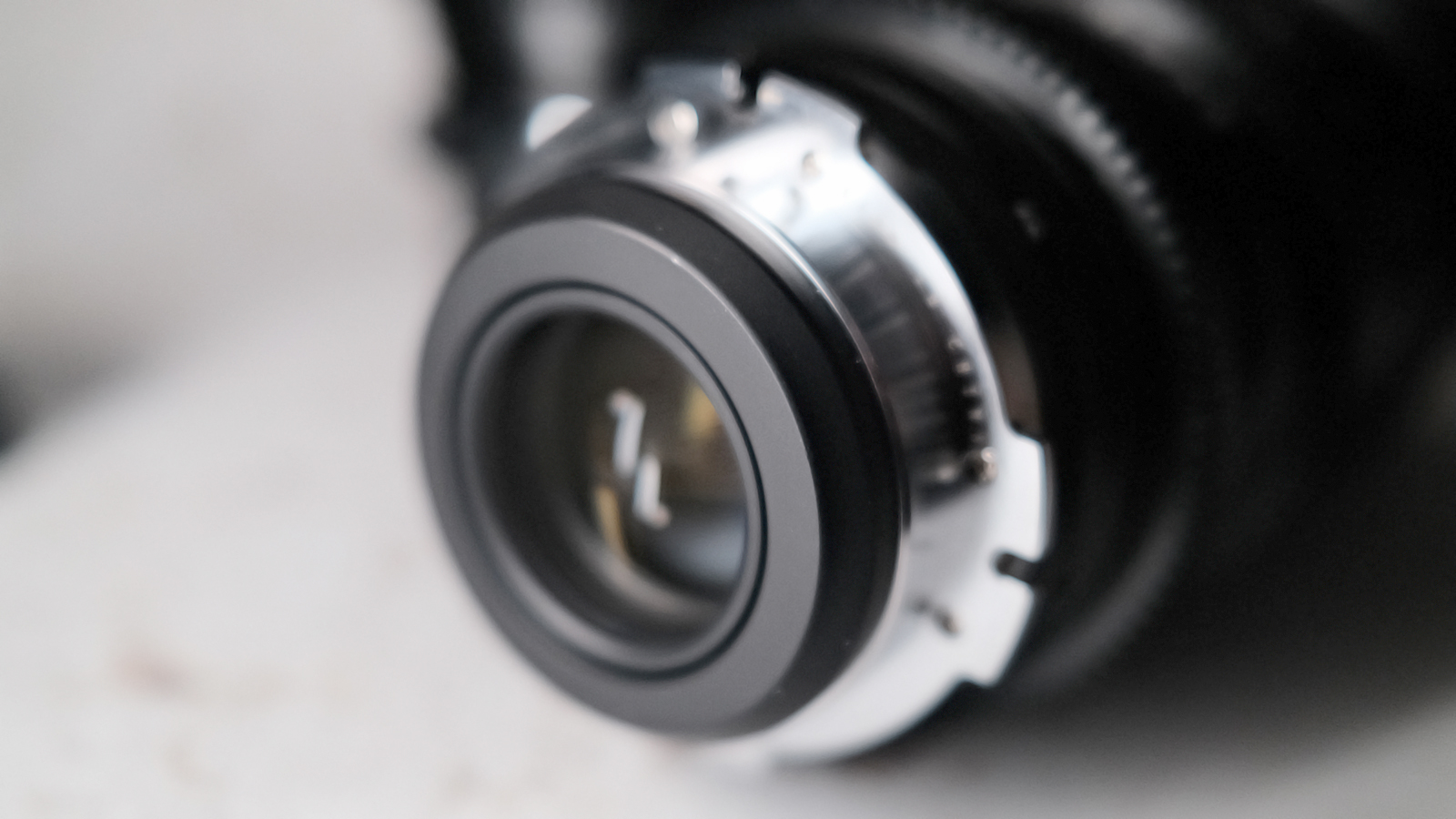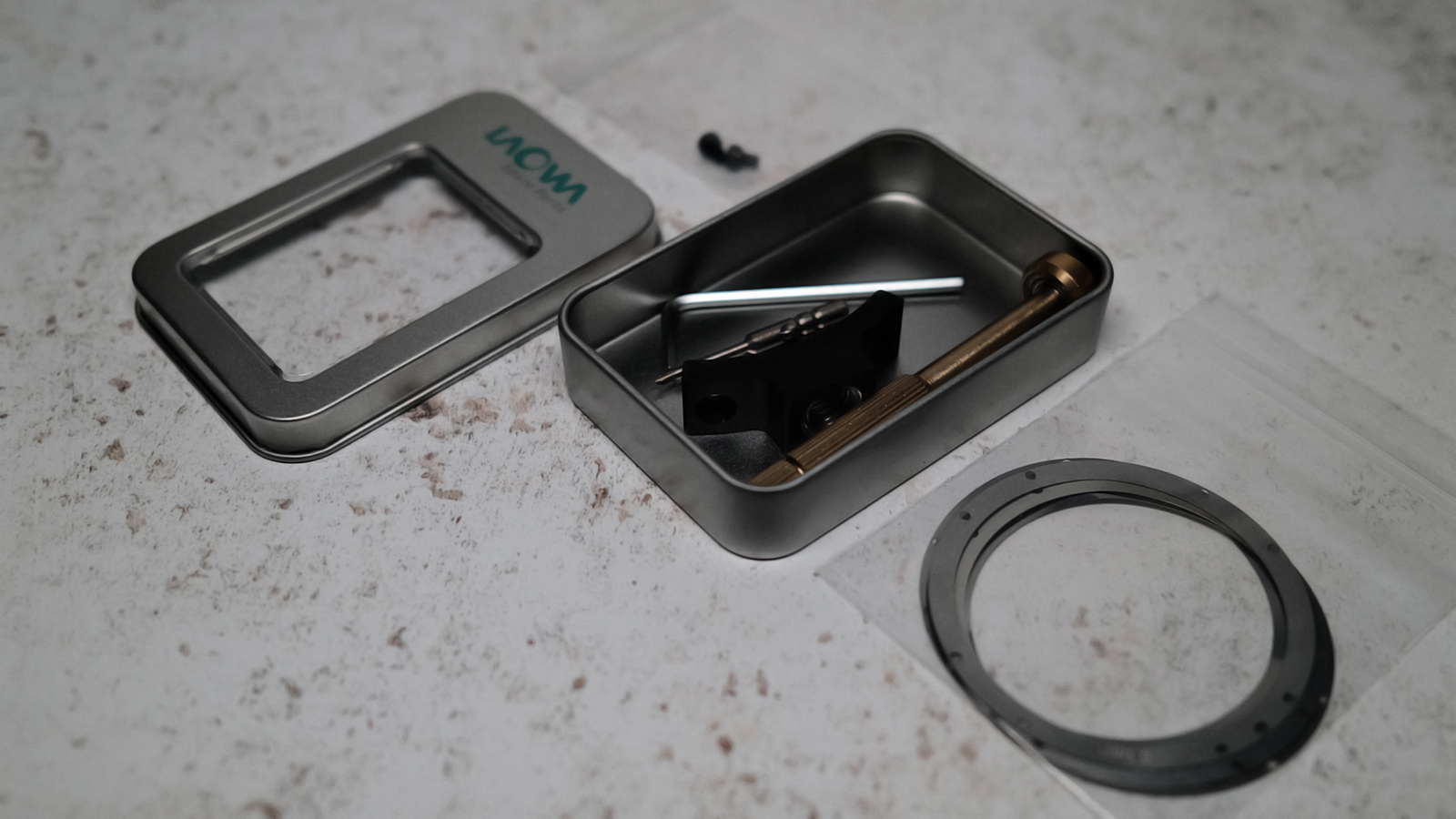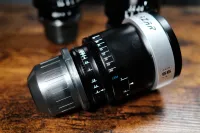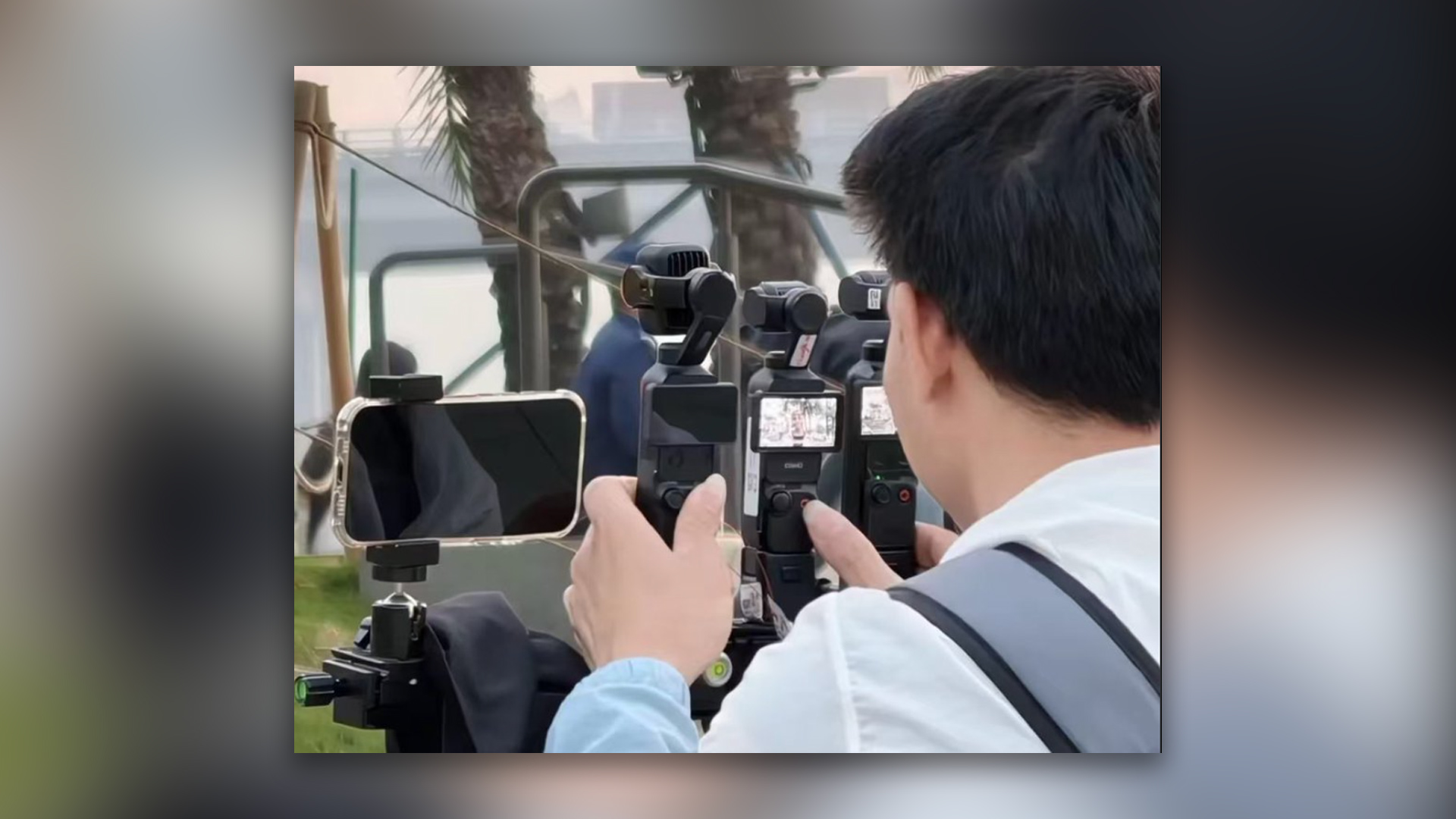Digital Camera World Verdict
Laowa has really produced something special here. The Proteus lenses aren't facing any peer pressure, but that doesn't stop them from aiming high. Excellent build quality and handling make these ideal for solo shooters as well as teams, and the image has enough 'character' to please most, while keeping it subtle enough to be unobtrusive. It's worth noting that they are built for Super 35 format and while they do cover a larger sensor, it's worth testing to make sure it suits your setup.
Pros
- +
Excellent build quality and handling
- +
Covers more than Super35
- +
Small and lightweight (relatively speaking)
- +
Wide range of mounts
- +
Lovely image
Cons
- -
Large investment
Why you can trust Digital Camera World
The surge in availability of anamorphic lenses over the last few years is undeniable, with a number of manufacturers releasing options at a wide range of quality and price. While this democratisation is generally a good thing, as it widens the choice for users, some areas are still lacking, but Laowa has entered the fray with what could be a real winner, in the form of their Proteus Anamorphic zooms.
While there are various flavours of anamorphic, Laowa has opted for classic 2x squeeze, which should give a look similar to many much-loved movies. That said, such a desqueeze factor can introduce some problems to contend with, so I was keen to get to grips with them, to see just what they offer, compared to the non-zoom anamorphics I usually use. The draw of zooms being less gear to carry and less swapping of focal length on a shoot.
I’m all for reducing the amount of gear that needs wrangling, so long as I don’t have to compromise on quality. But did the Proteus pair of a 26-45 and 45-85 T2.9 fit the bill?
Laowa Proteus: Specifications
Focal Length | 26-45mm and 45-85mm |
Maximum aperture | T2.9 |
Minimum focus distance | 50mm |
Filter thread | 77mm |
Mounts | EF, PL, L, RF, E |
Laowa Proteus: Price
$5,999 might sound expensive, and to be sure, it’s a lot of money. If you opt to buy the two-lens kit, then you can save some cash too, as they come in at $11,000.
That said, I think it’s a bargain price for what you get. Anamorphic lenses have always been more costly than spherical lenses, and the Proteus pair aren’t just good anamorphics but also excellent zooms, making this a rare find. At any price. You’d be very hard pushed to match this. If you were to take a set of lenses that matched the focal range, with the specs of the Proteus, you’d not only very quickly surpass the cost but also have extra weight and storage needs, as well as the added risks of more frequent lens swaps.
Laowa Proteus: Design & Handling
This pair of lenses is very similar, so I will treat them as the same, noting any differences along the way. The first thing you will notice is the weight. They weigh in at 1.5kg, which sounds hefty but is actually very reasonable for this type of lens and easily manageable for a single shooter, although I wouldn’t want to mount one to a prosumer gimbal. Balancing would be tricky, especially as the lenses are long at 189.5mm. The 45-85 is actually a touch longer by around 3mm but don’t worry, that is purely the very front. Gears all match perfectly, avoiding any frustrations when swapping lenses.
It’s quite common to see limited mounts for anamorphics but Laowa includes PL and EF with the lenses, and you can specify E, R,F and L too. The mounts are user-swappable as well, with tools and shims included should you need them.
The best camera deals, reviews, product advice, and unmissable photography news, direct to your inbox!
Overall construction is excellent. The bodies are full metal with engraved markings, a good move as paint can wear over time. If you use screw on filters the thread is 77mm and the outer diameter is 80mm, making it easy to attach a clamp on matte box.
Although the mounts feel very solid, I would suggest a lens support would be a wise decision, as 1.5kg could stress things. This is even more important if you use motors to adjust focus, zoom, and iris, as they do put some lateral pressure on the mount.
One key difference found between cine and photo lenses is the focus throw. For cine use, a larger throw is generally considered better, as it allows for finer control. The Proteus lenses throw of 270 degrees is reasonable, and I haven’t found myself wanting more. Zoom is 100 degrees, which is fine, although when I tried it with my FIZ unit, I found I needed to adjust my motor speed, although that really comes down to the needs of the shot.
One thing to note is that when you purchase these, you do need to specify whether you want imperial or metric markings. I’d rather have seen both, but that’s a small gripe.
Lastly, the Proteus lenses are designed for Super 35 sensors. Keep that in mind, but we will come back to it later.
Laowa Proteus: Performance
People looking to use anamorphics generally are looking for a couple of attributes. The first being flares. You can choose blue, amber, or silver, labelled by the ring just forward of the focus gear. Personally, I like silver as it takes on the hue of the light source and feels more natural to me, but I know there are fans of all three, so it is nice to see the choice.
Second is ‘character’, which is tricky to define but generally is a visual gumbo of distortion, sharpness, and aberrations. There’s no trick to get this right, as it is so subjective. So, how do these actually perform, and what kind of character do they show?
Let’s start with the basics. In use, they are fabulous to operate. All three gears are smooth, with enough resistance to enable accuracy when setting, either by hand or motor. As mentioned before, you may want to use lens supports on your rods, which will need to be long enough to reach the front, which is a good 19cm from the body of your camera.
I have used lenses where there wasn’t quite enough room for three motors. This will depend somewhat on the motors you use, but there should be no problems with the Proteus as there is ample room if you use a FIZ system.
For filter fans the thread is nice and smooth but I imagine most would opt for a clamp on matte box, in which case the smooth 80mm front diameter will be fine, although watch out for the depth of fitting, as the Proteus steps up a touch at just over a centimeter front he front edge. If your matte box has a deeper attachment area, you may not make full contact. I tested with both a small rig mattebox mini and a Polarpro, both of which needed step-up rings, so no problem there.
At the other end, the mount (PL in my case, although I tried it using an L adapter too) was rock solid, with zero play. That will be down to both lens and camera, but I have experienced lenses with user-swappable mounts, where things were less confidence-inspiring, so glad to note that these feel very secure.
Before we talk about image, I want to note that focus breathing, which zooms can sometimes suffer from more. There is a tiny amount here, but it’s barely noticeable and not something I would be worrying about, and it’s almost non-existent on the 26-45.
Now, Laowa sells this lens as a super 35 lens, but I wanted to test this and was pleasantly surprised to find that it was clear of any vignetting in many formats on a 6k full-frame camera. Obviously, in S35 mode, all was fine. 6K DCI, Open gate 4:3 and 6:5 did all suffer from vignetting, but for all but the 4:3, this cleared up from 28mm onwards. 2.4:1, 4k DCI and 4k 16:9 were perfectly clear. This makes the Proteus a useful option for more than just super35 shooters, which I think Laowa should talk about more. I’m impressed by this coverage on anamorphics.
Focus is strong across the image. The nature of squeezing means that there is an inherent softness, but it’s a very natural-looking softness that never looks out of focus, more a kind of organic look, which I’m a fan of. If you want razor-sharp, clinical images, then anamorphic is probably not for you. Although there is a little fall off toward the corners and horizontal edges, it isn’t strong by any means. Even the minimum focus distance is very good, at 50cm, so you can get pretty close to your subject.
A much bigger deal is that of distortion. This is going to come down to personal preference and project, but it seems that a bit of distortion is considered a good thing with a lens of this type. However, the Proteus has pincushion distortion, rather than the more commonly sought-after barrel distortion. This isn’t a bad thing, and the levels of distortion are fairly minimal, but they are there. Pincushion has a very different look, distinct from the barrel. With pincushion, the outside edges of the frame are increasingly exaggerated. Of course, this can (and has been) used for narrative purposes, so deliberate on what your needs are. That said, it doesn’t take much work to adjust the distortion to non-existence in the edit, but that is an extra step in your workflow. No matter what your tastes are, the distortion has a smooth enough falloff, and I find it quite pleasing.
The focal range of 26-45mm isn’t the broadest, but should suffice for many medium wide needs, and remember the 89-degree field of view (horizontally at least) is different with anamorphic lenses, so they feel a lot wider. The longer lens, with its 85mm maximum, still has this widening effect but retains decent reach.
These are fairly fast lenses with a max aperture of T2.9. I was expecting them to be a little soft when wide open, but they’re actually pretty sharp across the whole range, which makes them usable in a broader range of situations.
As well as being sharp, they only show minimal fringing too. This is most evident at higher T stops and at the longer end of the 45-85, and doesn’t affect the image too much. In fact, I’d say the combination of this, the pincushion distortion, flares and the inherent softness of a desqueezed image is what gives these lenses just the right amount of character. They have a ‘look’ about them which is far more subtle than other anamorphic lenses, including the Blazar Cato set that I use frequently. That might be due to the cost difference, or maybe a decision made by Laowa to make these appealing to a wider group of filmmakers. Either way, the results are great. You get that much-sought-after feel while remaining versatile enough for lots of use cases.
Throw in the relatively low size and weight, and you’re on to a winner. Then there’s the simple fact that there really isn’t much, if any, competition for this kit. Not just in this price range, either, but in any. Laowa has really hit it out of the park, offering a great pair of lenses, with a properly useful focal length range, excellent build, and options for almost all users.
Laowa Proteus: Verdict
The Proteus are fantastic lenses, for anybody needing anamorphic glass. The character of the lenses is nice and subtle enough to not overpower the image. Build quality is excellent and it’s great that they can be specced with a wide range of mounts. They are light enough for solo shooters too, which should broaden their appeal. The image is very good across the whole frame too, making these a great option, although ‘option’ is stretching it, as you won’t find anything like this, at any price.
Features ★★★★★ | Other than having to choose metric or imperial, the feature list is full |
Design ★★★★★ | Top notch design all round. Clear labelling, good throw and easy to integrate into a rig. |
Performance ★★★★★ | Fantastic lenses for both teams and indie filmmakers |
Value ★★★★☆ | They may be a big investment but they are worth every penny and there are really no rivals. |
Alternatives
The Blazar Cato lenses may not be zooms, making for more frequent lens changes, but they cover a good range and come in significantly cheaper, and are excellent lenses.
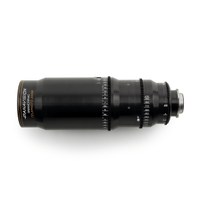
The only other real zoom option, the Panavision anamorphic zoom lenses, are top quality but come at a huge expense. Best left to large productions and rentals.

Rob is Editor of ImagineFX magazine and also works as creative director for his own studio, Pariah Studios, producing 3D animation, film and VFX for a variety of clients.
He started his career as a photographer, slowing adding 3D, film and visual effects and film into his toolbag, working across TV, web and print, with clients ranging from Blackmagic Design and HMV to Games Workshop and Royal Mail.
When not on at his desk he can be found building and playing guitars or out in the wilderness with his dog.
You must confirm your public display name before commenting
Please logout and then login again, you will then be prompted to enter your display name.
